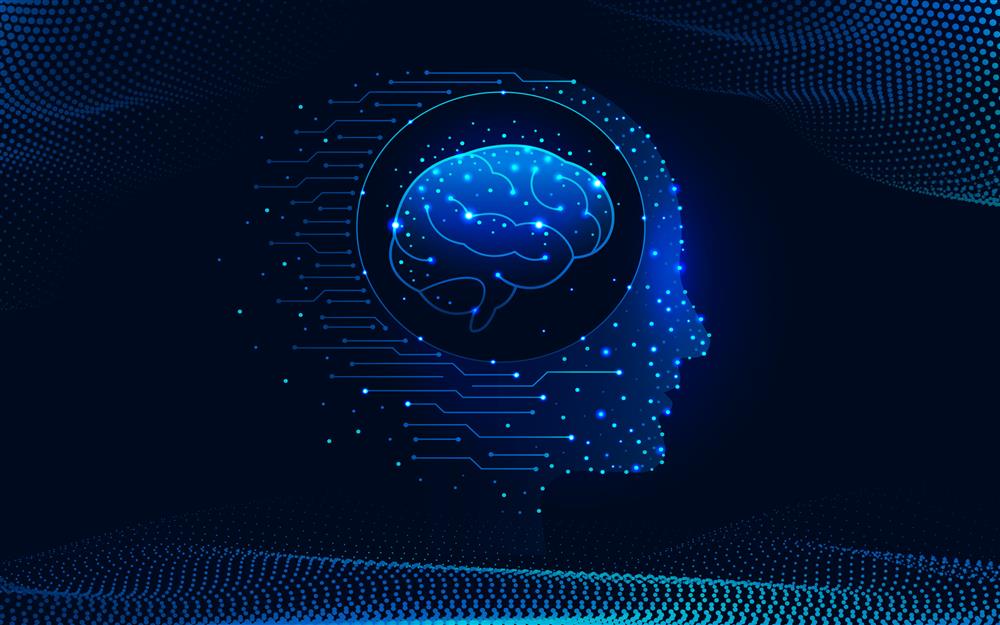AI’s Language of Choice in 2025: Which One Powers Your Next Big Idea?
As the field of Artificial Intelligence (AI) continues to evolve rapidly, the tools and technologies driving these innovations are becoming more specialized and powerful. One of the key aspects that influence AI’s capabilities is theprogramming language used to build these systems. From developing deep learning models to creating conversational AI, the choice of programming language has a significant impact on the performance, scalability, and adaptability of AI applications.
As we approach 2025, it’s clear that certain languages are emerging as the preferred choices for AI development. In this article, we’ll explore thetop AI programming languages that are expected to dominate the tech landscape and help you determine which one will power your next big idea.
1. Python: The Dominant Force in AI Development
Without a doubt, Python has been the language of choice for AI developers for years, and it’s poised to remain a dominant force in 2025. Its versatility, ease of use, and extensive ecosystem of libraries and frameworks make it a favorite among AI professionals.
- Why Python?
Python’s popularity in AI comes from its simplicity and readability, making it accessible for both novice and experienced developers. Libraries such asTensorFlow, Keras, PyTorch, andScikit-learn provide powerful tools for developing machine learning and deep learning models. The ability to prototype quickly and test different algorithms has made Python the go-to language for AI and data science applications. - Key Use Cases:
Python is widely used in natural language processing (NLP),computer vision, and predictive analytics. It’s also highly favored fordata manipulation, statistical modeling, and machine learning tasks.
2. R: Powering Data Analysis and Statistical Models
Another popular language for AI development, particularly in data-driven applications, isR. Though not as versatile as Python, R shines when it comes to data analysis and statistics, making it a key tool for data scientists working with AI models.
- Why R?
R’s strength lies in its statistical computing capabilities and specialized libraries fordata manipulation and visualization, such as ggplot2,dplyr, and caret. With AI development increasingly relying on the ability to analyze vast amounts of data, R provides developers with the tools they need to clean, visualize, and analyze data efficiently. - Key Use Cases:
R is ideal for projects that require heavy statistical analysis, such as predictive modeling,data mining, and forecasting. It’s particularly popular in industries like healthcare, finance, and research, where complex data analysis is integral to the development of AI models.
3. Java: The Scalable Workhorse for AI
Although Python dominates the AI landscape, Java continues to be a highly relevant language in the field. Known for its scalability, speed, and portability, Java is a powerful language used by large enterprises that require robust, high-performance AI systems.
- Why Java?
Java’s strength in object-oriented programming and multithreading makes it ideal for building complex, scalable AI applications. ItsJVM (Java Virtual Machine) enables Java applications to run on any platform, and frameworks likeDeeplearning4j and Weka make Java suitable for deep learning and machine learning development. - Key Use Cases:
Java is extensively used for enterprise AI applications, real-time systems, and applications that require high throughput and lowlatency. It is a common choice for building AI systems in sectors such asfinance, telecommunications, and e-commerce, where performance and reliability are crucial.
4. Julia: The Rising Star for High-Performance AI
As the demand for high-performance AI models grows, Julia is gaining attention as a promising language for AI development. Known for its speed, Julia is designed for numerical and scientific computing, making it an ideal choice for applications that require heavy computational power.
- Why Julia?
Julia’s key selling point is its ability to combine the ease of use found in Python with the performance of C and Fortran. With ajust-in-time (JIT) compiler, Julia can handle large-scale computations faster than most languages, making it suitable for developing machine learning algorithms and data-intensive AI applications. It also supports parallel and distributed computing, further enhancing its performance capabilities. - Key Use Cases:
Julia is ideal for tasks involving scientific computing, machine learning, and numerical analysis. It’s expected to be heavily utilized in areas such asdeep learning, optimization algorithms, and big data analytics.
5. JavaScript: Empowering AI in Web and Mobile Apps
While JavaScript is traditionally known as a language for web development, it is making inroads into the AI space. As AI increasingly becomes integrated into web and mobile applications, JavaScript is emerging as a viable choice for buildingAI-powered apps that run directly in users' browsers.
- Why JavaScript?
JavaScript’s versatility and browser compatibility allow developers to integrate AI models directly into web applications without relying on external servers. Libraries likeTensorFlow.js and Brain.js enable AI and machine learning models to be trained and executed in the browser, offering a more seamless, client-side experience. - Key Use Cases:
JavaScript is ideal for building AI-powered web applications, includingchatbots, recommendation systems, and personalized content delivery. It’s particularly useful in projects that requirereal-time AI processing on the client side, making it a strong contender for buildinginteractive AI solutions for consumers.
6. Swift: AI for iOS Applications
For mobile AI development, especially within the Apple ecosystem, Swift is becoming the language of choice for building AI applications oniOS devices. With its performance and ease of use, Swift is well-suited for developing powerful, responsive AI-driven applications for Apple users.
- Why Swift?
Swift is known for its performance and seamless integration with Apple’s frameworks, includingCoreML and CreateML, which allow for the efficient deployment of machine learning models on iOS devices. This makes Swift a go-to language for creatingAI-powered apps that run natively on iPhones, iPads, and Apple Watches. - Key Use Cases:
Swift is ideal for developing AI-based mobile applications in industries such ashealthcare, fitness, and entertainment. It’s used for applications that require on-device processing ofmachine learning models, offering a smooth and fast user experience.
Which AI Language Should Power Your Next Big Idea?
Selecting the right AI programming language is crucial for the success of your project. If you’re working withdeep learning and machine learning, Python will likely be your best bet due to its versatility and wide array of frameworks. However, if performance and scalability are a priority, languages likeJava and Julia may offer the speed and computational power you need. Forweb-based AI applications, JavaScript offers flexibility, whileSwift is the top choice for building AI applications for iOS devices.
In 2025, AI development is becoming more specialized, and choosing the right language can help you harness the full potential of AI to bring your next big idea to life. The future of AI is vast and exciting, and the programming language you choose will play a pivotal role in shaping that future.




Leave Comment